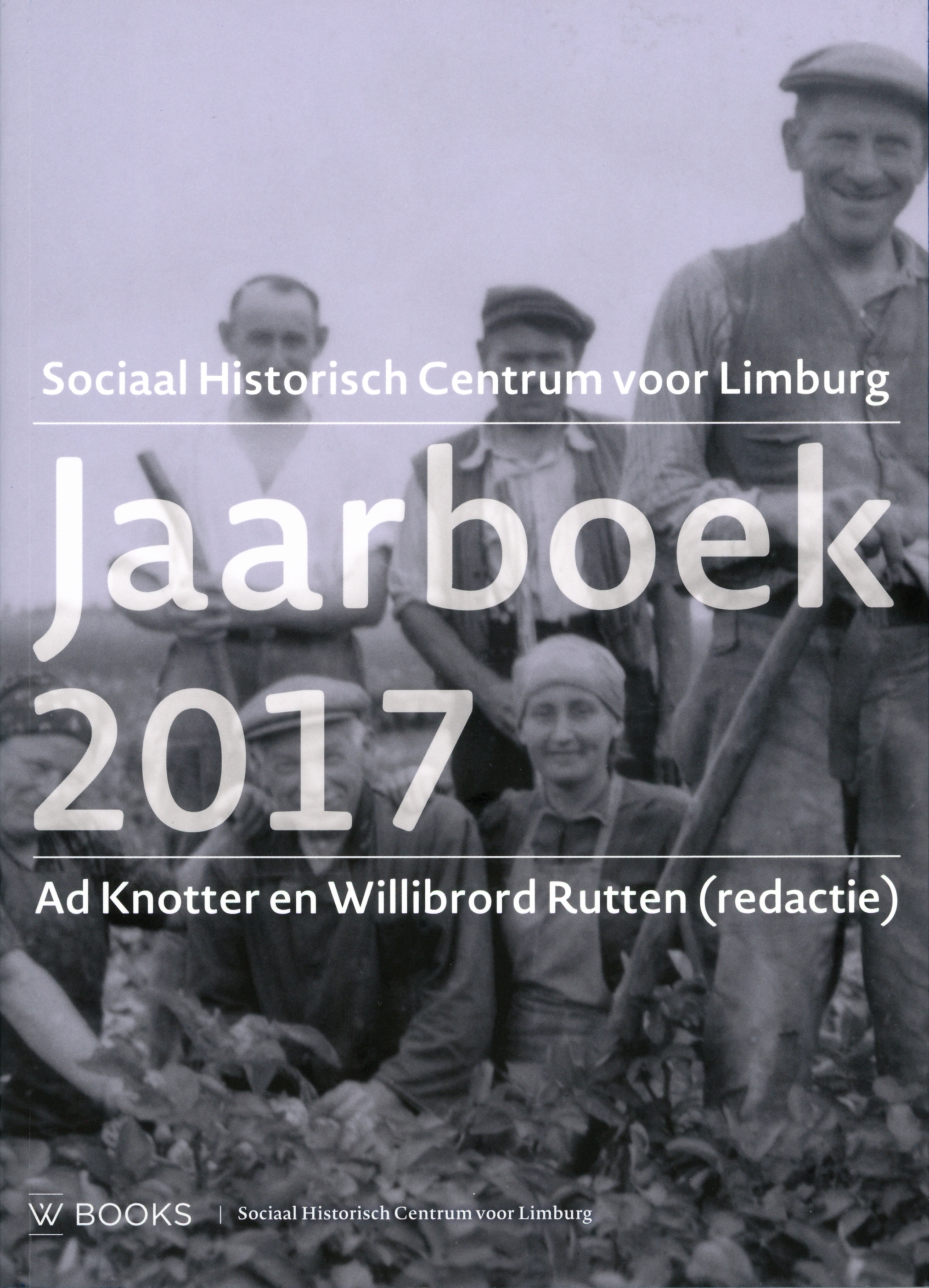Herbestemming na de mijnsluiting. De ruimtelijke plangeschiedenis van Parkstad en het Emmaterrein, 1965-1997
DOI:
https://doi.org/10.58484/ssegl.v62i12367Trefwoorden:
twintigste eeuw;, stadsgeschiedenis, Limburg, Oostelijke Mijnstreek, saneringSamenvatting
Repurposing the Closed Coalmines. Spatial Planning in Parkstad and the Former State Mine Emma, 1965-1997. After the closing of the Dutch coal mines in the former Eastern Mining region in the south-eastern tip of the Netherlands, mining landscapes were wiped clean and industrial relics were all but completely demolished. The radical efficiency of this transition has, in current day, induced a public feeling of remorse over the lost physical proof of the mining period. This article traces how economic and programmatic parameters have guided spatial decision-making during the clean-up operation, and how was dealt with the possibility of preservation of mining relics. The article primarily analyses spatial planning documents responding to the closure of the mines, drawing forward the discourse underlying the restructuring of the region. Secondly, it discusses conceptualization, negotiation and problem solving targeted at the obsoleted mining infrastructure. Focusing on the terrain of former State Mine Emma, an intricate case in the light of this prevailing planning discourse, is put centre stage. The inflexible interdependence between a fixed spatial programme and a financial model is pinpointed as the key factor underlying the protracted redevelopment trajectory.
Downloads
Downloads
Gepubliceerd
Nummer
Sectie
Licentie

Dit werk wordt verdeeld onder een Naamsvermelding-NietCommercieel 4.0 Internationaal licentie.


